You may think you’re doing a good job cleaning your household appliances, but are you really? Check out these tips and tricks for the best way to correctly clean every appliance in order to keep them sparkling, free of germs and bacteria, and working at their maximum efficiency.
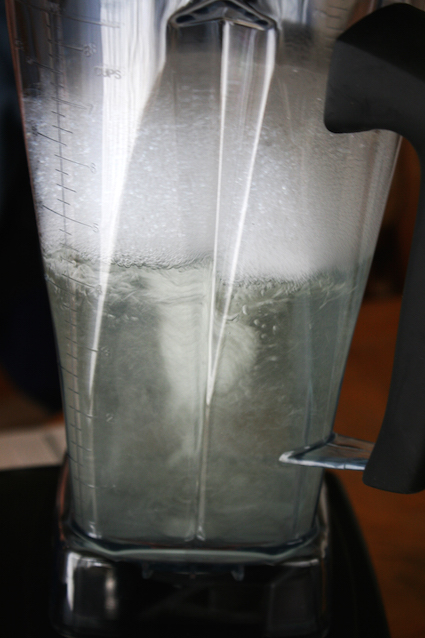
Blender
This is one of those tips that will make you smack your own forehead if you haven’t already been doing it because it’s as obvious as it is brilliant. When cleaning a blender, instead of trying to scrub out those nooks and crannies, remember one crucial fact: it’s a blender! With that in mind, add some warm water and a bit of dishwashing detergent, and hit “puree.” Give it a good rinse, and voila! All clean.
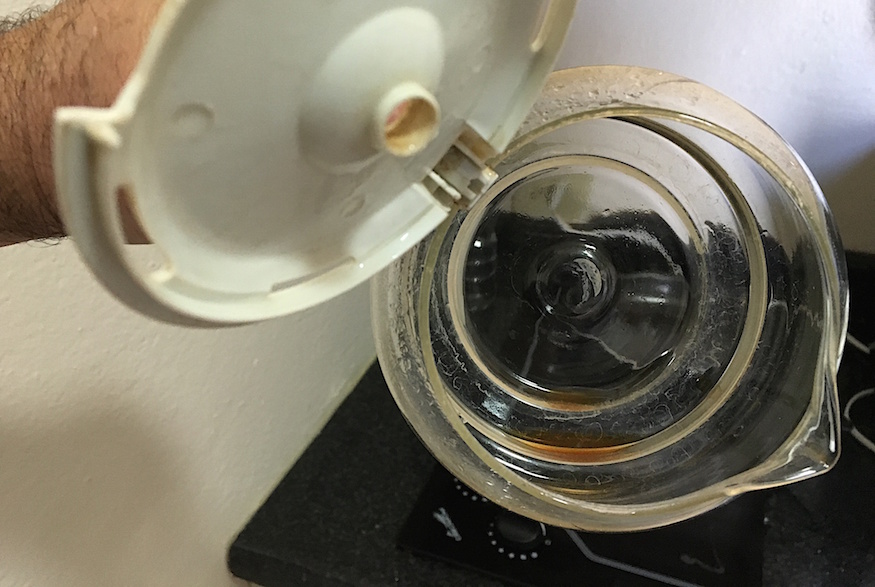
Coffemaker
It’s easy enough to keep your coffeemaker clean by throwing the disassembled pieces into the dishwasher, but that won’t do a thing to get rid of the whitish mineral deposits that form. While there are numerous cleaning products on the market specializing in removing those deposits, an easier – and more natural – solution is to place an empty filter and run through a mixture that’s equal parts water and vinegar. Turn off the machine when it’s about halfway completed, and let the whole thing sit for a half-hour before finishing the brew cycle. Pour out the vinegar and then repeat the process using a full pot of just water – twice. Prepare to be amazed by a coffee pot that looks so new you could have just pulled it out of the box.
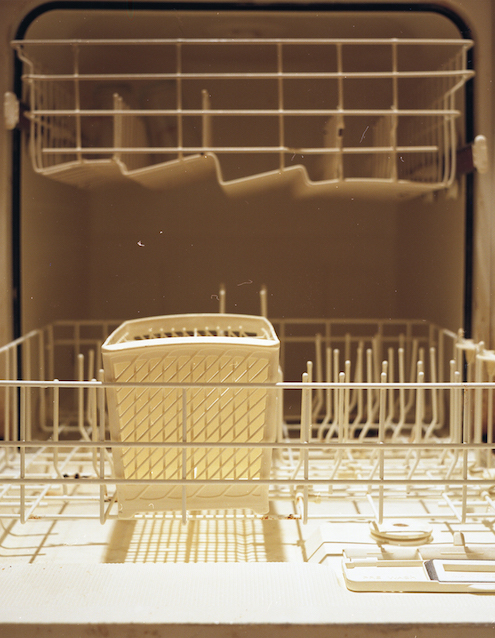
Dishwasher
Even if you use a dishwasher cleaning product, it’s a good idea to give your dishwasher a regular cleaning from top to bottom. To do this, remove the racks and give them a scrub, paying special attention to the wheels by scrubbing them with a toothbrush (that’s where bacteria likes to hide). After wiping down the inside surfaces, run a washing cycle while the dishwasher is empty, filling the detergent cup with vinegar or powdered lemonade mix – the citric acid in the latter will break down any stains. While that’s going on, wipe down the front of the dishwasher with a cloth and an all-purpose cleaner – unless the front of the unit is stainless steel, in which case you should dampen a clean cloth and add a squirt of dishwashing detergent, wring it out and wipe the surface, being careful to wipe with the grain. Your dishwasher will be as clean as its ever been.
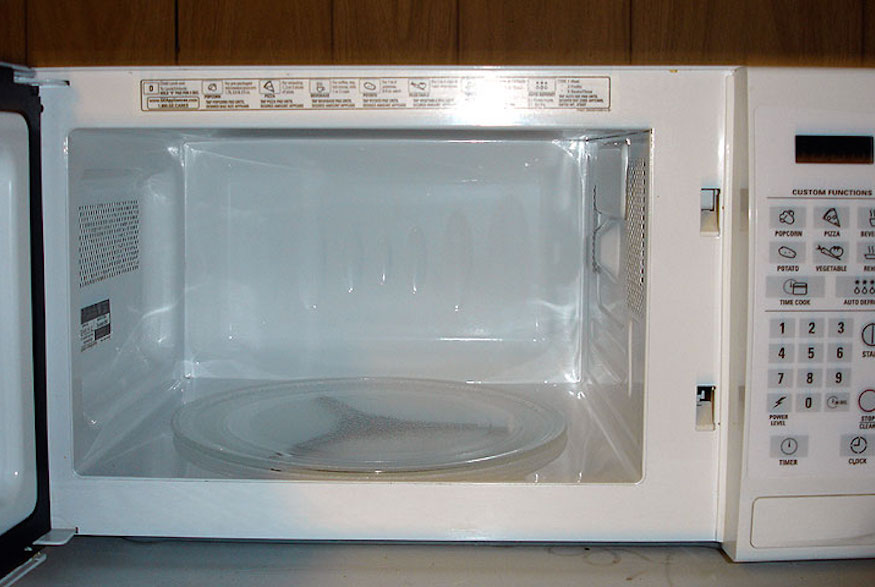
Microwave
If you’ve got a gunky mess inside your microwave, put down the sponge and scrub brush and pick up a lemon, cut it in half and squeeze the juice into a bowl (microwave-safe, of course!) containing a half-cup of water. Heat it up on high for three-and-a-half minutes or so, until the water comes to a boil. When the microwave stops, leave the door closed with the hot lemon water sitting inside for five minutes. During this time, the lemony steam will loosen up any caked-on gunk, allowing you to easily wipe away the mess.
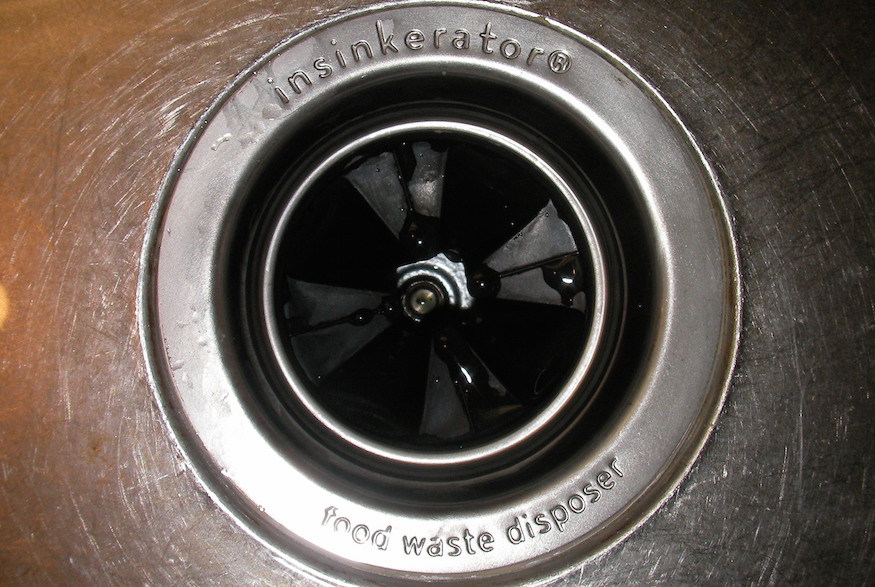
Garbage Disposal
If your sink disposal unit is starting to smell a little gnarly, it’s likely that rotting organic matter is trapped in the grinding mechanism – not the odour anybody wants to experience in a kitchen. To remedy this, pour a half a cup of baking soda into the disposal, followed by two cups of ice cubes, a cup of white vinegar and a cup of salt. Then turn it on and grind away until all the ice is gone, which should get rid of that trapped gunk while freshening things up. For an even better-smelling disposal, chop up a lemon into wedges and grind in the disposal, one at a time, which will create a refreshing lemon scent that should be a vast improvement.
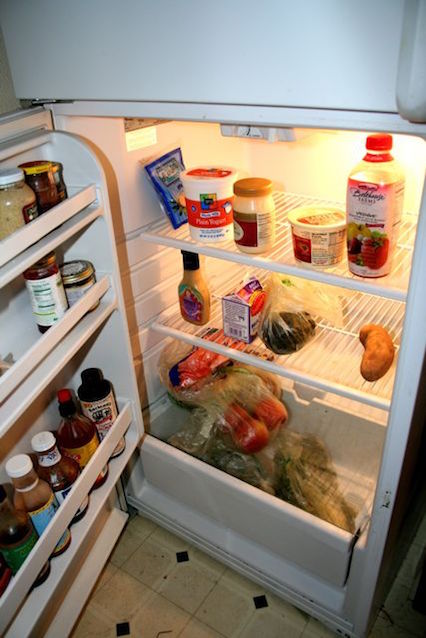
Refrigerator
Take out any removable drawers and shelves and soak in soapy water, giving them a good scrubbing before rinsing clean. Inside the fridge, use soapy water or a 50-50 mixture of water and vinegar to clean any surfaces until they gleam. Clean up any spills as they happen so they don’t get caked on, and wipe down crisper drawers and shelves weekly. In addition, don’t forget that the area behind and beneath the fridge, if not cleaned regularly, can be one of the filthiest parts of the kitchen. If possible, pull out the fridge in order to mop up whatever grunge has accumulated there, as well as vacuum the coils, which will keep them free of dust bunnies and also improve the longevity of the fridge.
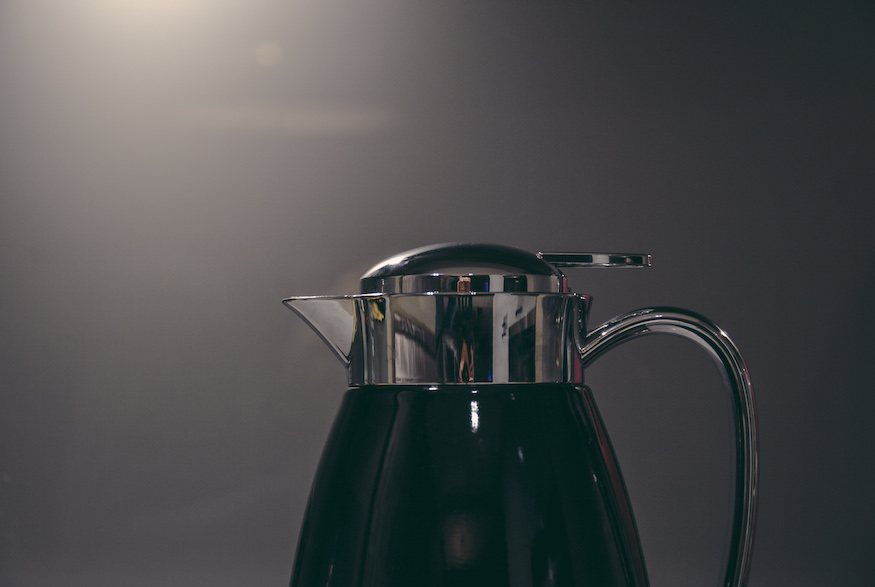
Electric Kettle
To keep an electric kettle looking good and working well, be sure to wipe down the exterior regularly with an anti-bacterial multi-purpose cleaner. Inside the kettle, limescale buildup can hinder the kettle’s performance. A great way to prevent that from happening is to fill the kettle with a mixture of equal parts water and white vinegar and let sit for an hour before turning on the kettle and bringing it to a boil. Then rinse out the kettle and you’re good to go.

Mixer
A mixer is full of little nooks and crannies where food residue can accumulate, and if it gets gunked up then look out! An easy way to clean in this scenario is to soak a rag or tea towel in hot water and wrap it around the parts of the mixer that need cleaning. Let sit for a few minutes, which should be enough time to loosen up any dried-on debris, which can be easily wiped away – with the same rag!

Stovetop
Different techniques are necessary depending on whether you have a gas range or an electric cooktop. For a gas burner, unclog the port with a pin then remove any removable parts so they can be soaked in warm, soapy water to loosen any stubborn grunge, which can the be scrubbed away and rinsed. Electric burners, on the other hand, should never be soaked in water. When dishwashing detergent isn’t strong enough to get the job done, mix baking soda and water until you’re left with a thick paste, and use this mixture to scrub the gunk off.
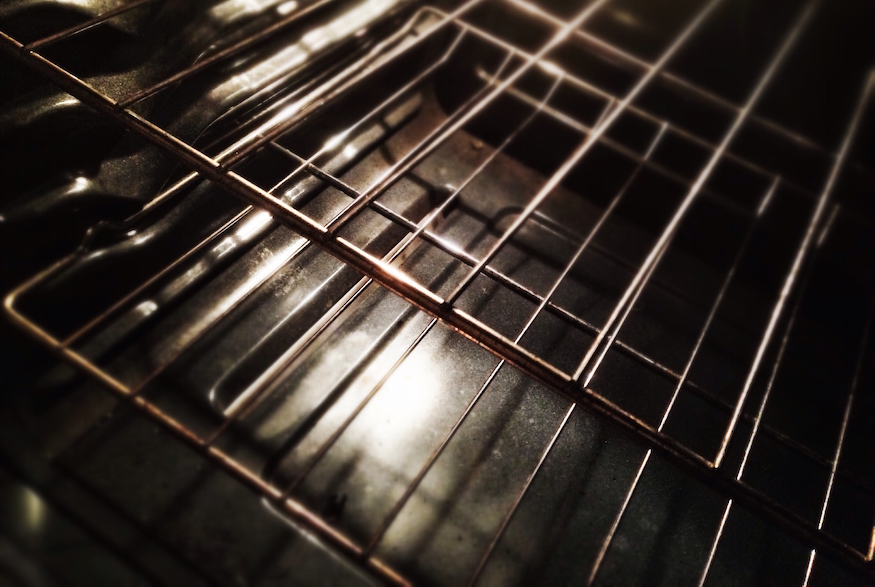
Oven
If you have a self-cleaning oven, there’s no reason not to run a cleaning cycle so the oven can do your work for you. However, there are still some areas that even a self-cleaning oven can’t clean, such as any grime that accumulates around the oven door or hinges, which should be wiped down with a half-and-half mixture of vinegar and water. Any baked-on gunk that remains can be scrubbed away with a damp sponge sprinkled with baking soda. Try to get in the habit of wiping away spills as soon as they occur in order to prevent them from becoming baked on and tougher to clean later.
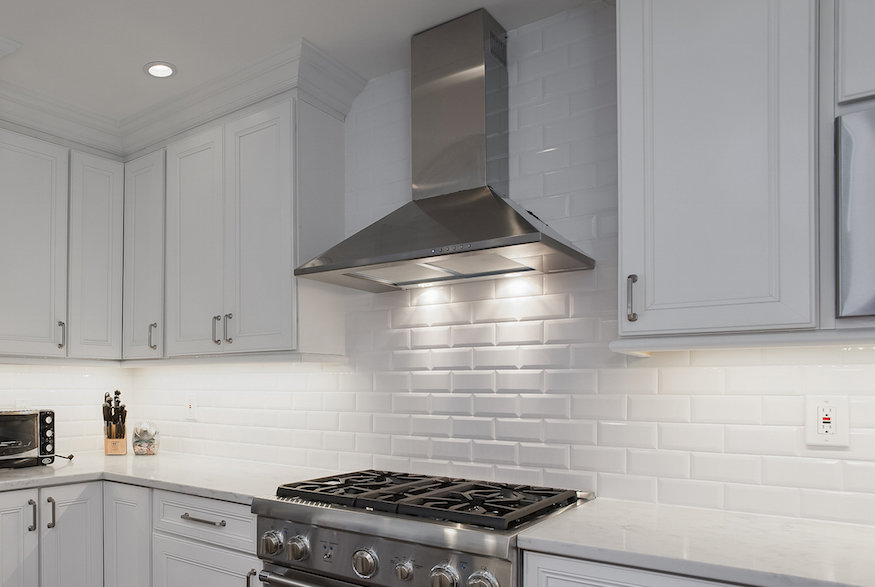
Range Hood
Range hoods suck up smoke and grease and send it outside through a filter, which means that filter can become clogged and render the range hood ineffective. That’s why it’s important to regularly clean metal mesh filters with soapy water; charcoal filters, on the other hand, shouldn’t be cleaned, as it will reduce their effectiveness. It’s also a good idea to wipe down the cover of the range hood regularly with soapy water, and clean the blade fans with a solution of ammonia and water.
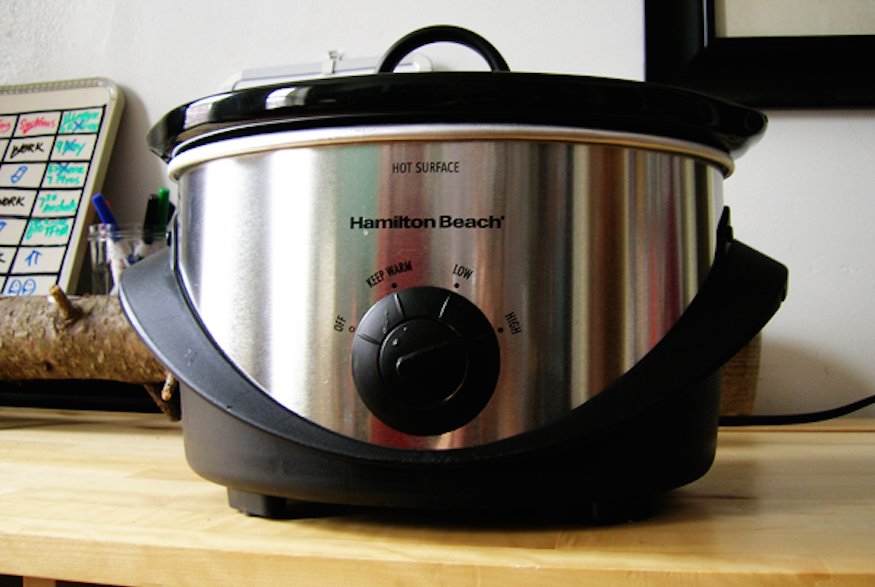
Slow Cooker
Crusty, caked-on gunk is part of the territory when you use a slow cooker, but if you find yourself dealing with a mess that even a deep soak doesn’t remove, then try this: toss in a quarter-cup of baking soda, a squirt of dishwashing detergent and fill with water. Then cover, turn on the slow cooker to “high” and let it do its thing for a few hours. This will disintegrate even the most stubborn mess.
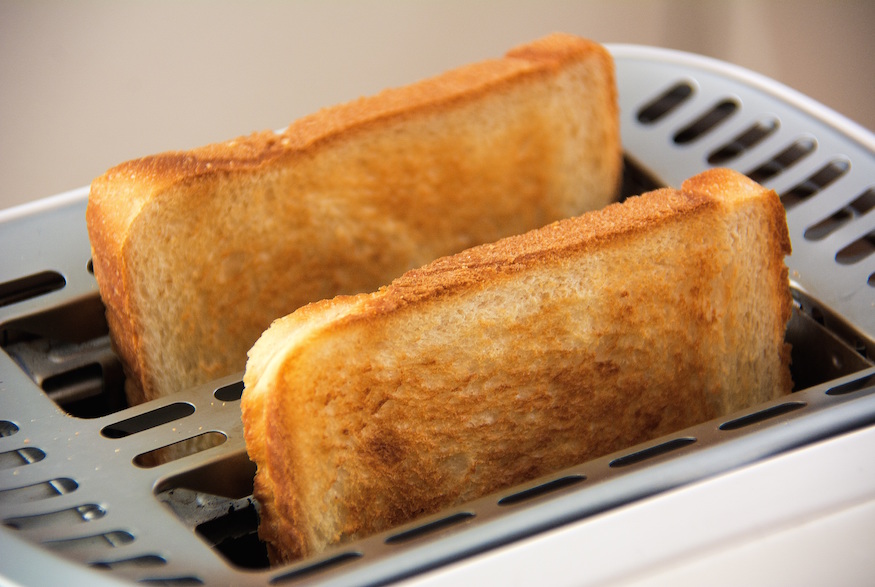
Toaster
To avoid making a huge mess every time you make toast, it’s a good idea to regularly empty out the crumb tray. If it’s a removable tray, then easy-peasy; remove the tray, dump the crumbs and give it a good cleaning. If not, then here’s what you do: after ensuring the toaster is unplug, reach deep inside with a pastry brush or baking brush, and give it a good swish to clean out all the corners. Then, finish the whole thing off by giving the exterior of the toaster a good wipe-down.

Waffle Iron
Who doesn’t love a plate full of fresh, fluffy waffles for breakfast? Yet making waffles can be a messy affair, so it’s important to keep your waffle iron clean. After use, once the waffle iron is cool, first wipe away any crumbs with a damp cloth or paper towel and soak up any excess oil that may be on the grid plates, then wipe down the exterior with a damp cloth. Any stubborn baked-on batter can be removed by dripping a few drops of cooking oil onto the dried batter, which will dissolve it and allow you to wipe it off. If the cooking plates are removable, they can be washed in warm, soapy water and then rinsed clean.
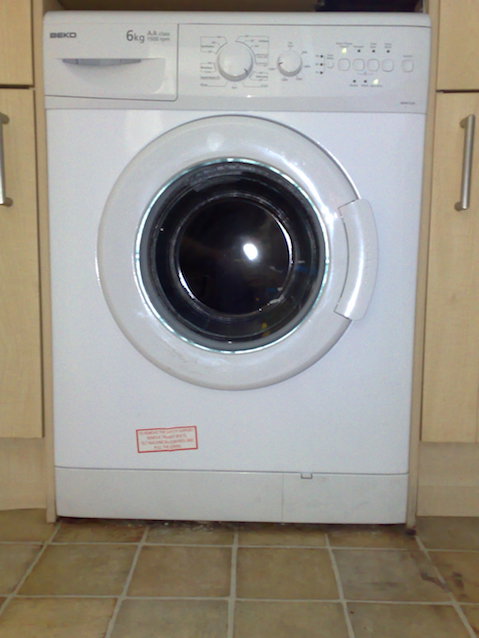
Washing Machine
If you notice that clothing and towels are smelling a little funky after they’re washed, then you need to give your washing machine a good cleaning. Turns out that washing machines can be breeding grounds for salmonella and other bacteria; to combat this, at least once a month it’s a good idea to run an empty load with hot water and approximately one cup of white vinegar, which will sanitize the wash basin and destroy any germs. If you have a front-loading machine, you should always leave the door open between washes, allowing the interior to dry out and prevent mold and mildew from forming.
HGTV your inbox.
By clicking "SIGN UP” you agree to receive emails from HGTV and accept Corus' Terms of Use and Corus' Privacy Policy.




